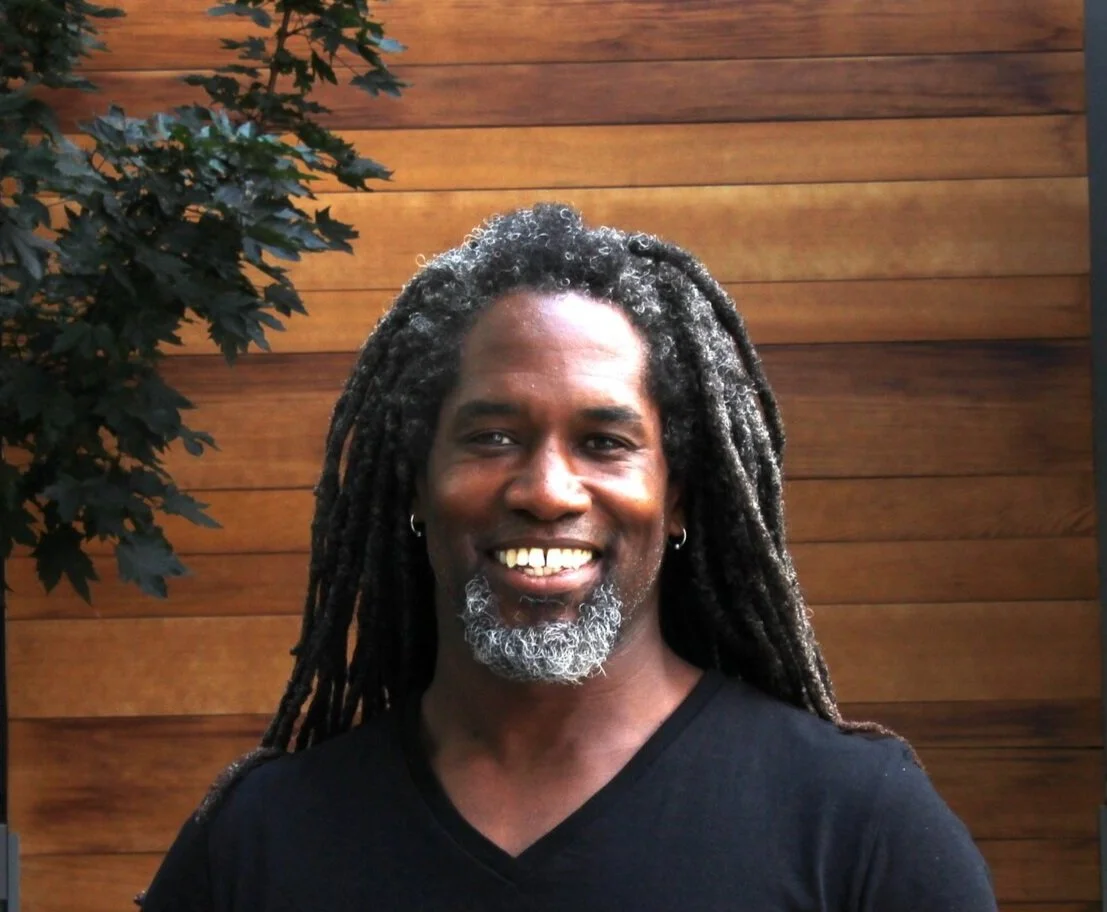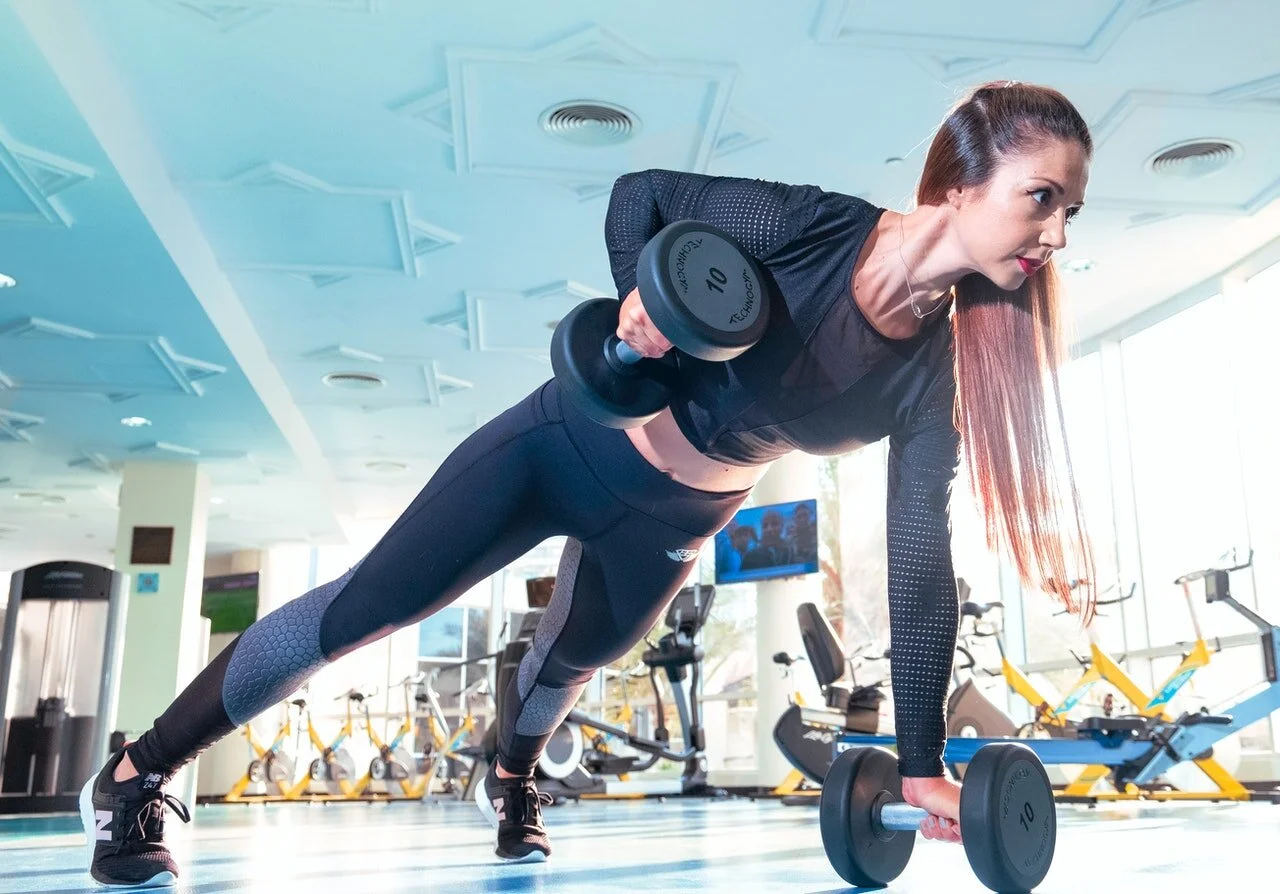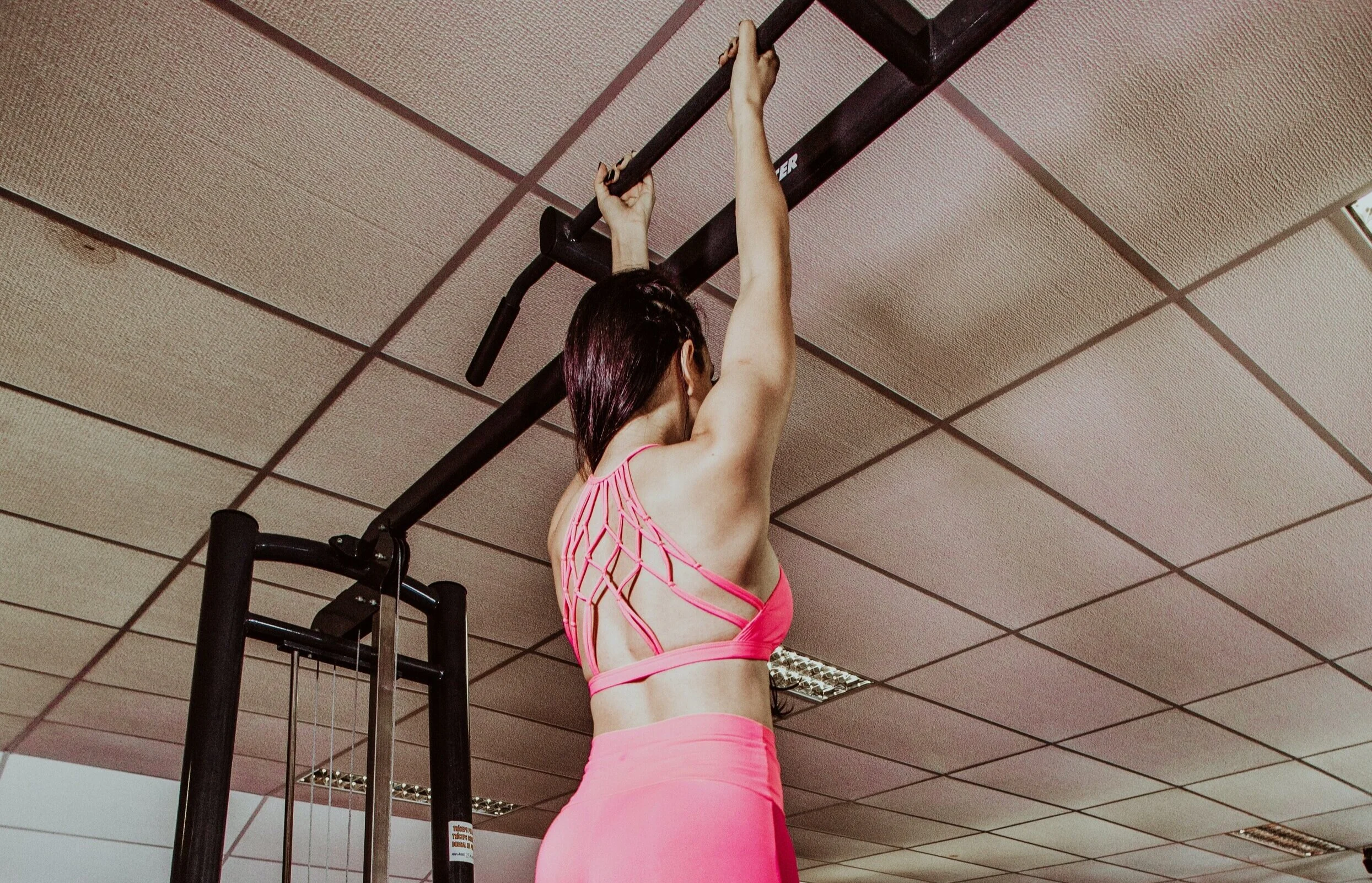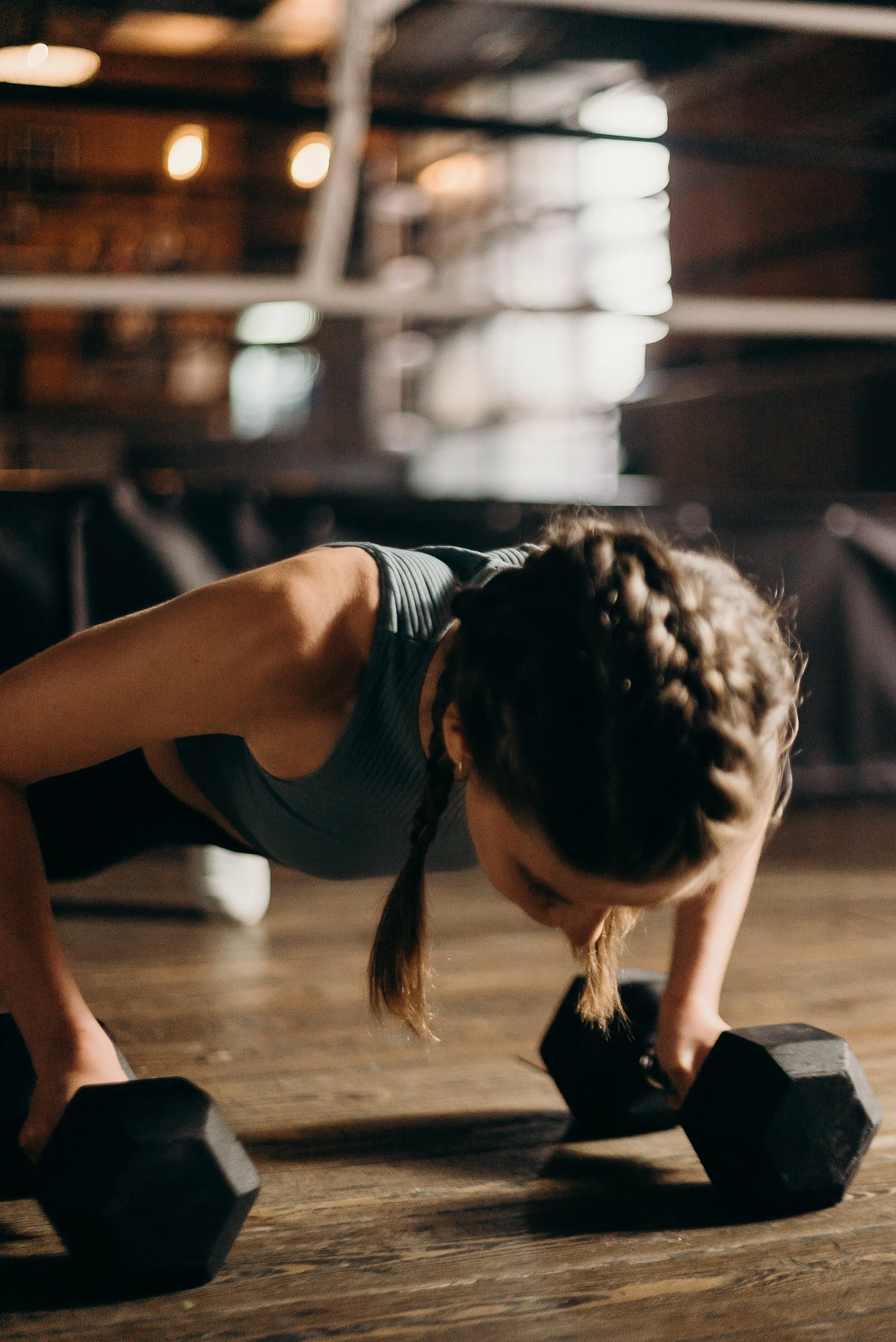My head often spins when I hear what my personal training clients are choosing for breakfast. There’s no doubt about it: Your weight loss is affected by every little choice you make after rolling out of bed. I’ve highlighted the biggest mistakes that you’re making from the MSN article "If You're Trying to Lose Weight, Don't Make These 10 Breakfast Mistakes.”
Photo Credit:
Sheknows.com–Is this smoothie really helping your weight loss or health goals?
Article Credit:
Author: Michael Moody Fitness with excerpt sourced from the article "If You're Trying to Lose Weight, Don't Make These 10 Breakfast Mistakes" on MSN.com (PopSugar).
Personal Trainer Wisdom: Translation: You probably need more protein because there is a protein deficiency as a result of your cereal-donut-cinnamon roll ways. It isn’t permission to overload your diet on protein, though. 13-20 grams of protein is more than enough for the normal human (that’s you…and me!) despite what you hear. Skip the refined carbs (aka Cookie Crunch) and make an organic veggie skillet with onions, green peppers, jalapenos, cubed butternut squash, almonds, hemp seeds, and salsa. Add it to an organic corn tortilla for another twist.NOT ENOUGH PROTEIN
While toast or a bowl of granola is quick and easy, it's not offering you nearly as much protein as you need to have energy all morning long. You'll just feel blah and end up reaching for a sugary pick-me up. No need to go overboard and slurp down a 30-grams-of-protein shake - 13 to 20 grams is perfect.
Personal Trainer Wisdom: If you’ve never measured what you’re eating, you’re most likely pretty far off from what you think. I’d think to think we can rely on our wonderful minds for everything but let’s be honest: It has skewed things in the past, and it might be skewing your breakfast perspective now (maybe your relationship too :) ). Determine the proper intake for you by measuring each of your favorite meals. If you plan to eat those dishes “on repeat” anyway, you might as well be certain you’re getting what you expect.NOT MEASURING INGREDIENTS
Whether you're pouring a bowl of cereal with fruit, nuts, and coconut, crafting a jar of overnight oats, or whipping up a smoothie, just because you're using all healthy ingredients, doesn't mean it'll help you lose weight. It all boils down to portion sizes, and measuring ingredients (instead of eyeballing) to ensure you stay within your limit.
Personal Trainer Wisdom: Normally I would overlook this type of paragraph and pretend it never existed. I know that you’ll see it anyway, though. What starts off with the right message—Too Many Refined Carbs (i.e., most cereals, donuts, sugary sweet goodness, etc.)—ends with unconscious permissions and another push for a protein focus. First, a baked good is never a necessity (don’t kid yourself). You can easily keep a jar of organic applesauce or fresh fruits around the house. Nothing in the house? I’m sure you can steer your vehicle towards a quick shop to find them too. If you choose a baked good, call it what it is-An indulgence. Accept the consequences, dance around in glory, and return to your nutritionally balanced habits with meal number two (which will be sooner than later-You haven't fulfilled your nutritional need, and your body will need proper fuel). Second, quit with the protein focus already…you think bigger than that. You need fiber, vitamins, protein, (good) fat, and the million other micro nutrients you can find in your whole foods. If you must indulge in just the small bite of donut, be certain that the rest of your plate is the proper mix of what’s best. A highly processed, nutritionally stripped powder won’t cut it either, Arnold Schwarzenegger.TOO MANY REFINED CARBS
Sometimes a baked good for breakfast is a necessity, but if you load up on refined carbs and sugar (even if those blueberry muffins are made with flax meal!), you're going to end up feeling super hungry within a few hours after that last bite. If you crave these foods, go for small portions and pair it with a protein smoothie, or bake your own with protein powder, whole grains like rolled oats, and less sugar.
Personal Trainer Wisdom: Most of us think we need more calories than we really do. On average, you only need 300-500 calories per meal (a far reach from the typical Midwestern diet). Anything above is mostly stored as fat (or converted into something else nasty…and nobody likes nasty). Since I don’t expect my personal training clients to count the calories of every meal, I think eating slowly and mindfully stopping when appropriate is a great recommendation from Langevin.TOO MANY CALORIES
With all the amazingly delicious options out there for breakfast, it's easy to go a little overboard. Aim for a range between 300 and 400 calories. If you're not into counting calories, Leslie Langevin, MS, RD, CD, of Whole Health Nutrition suggests to eat slowly, and stop eating when you are 80-percent full.
Personal Trainer Wisdom: Smoothies aren’t always as healthy as you think. Often sugar-packed smoothies are more dangerous than a Snickers bar. Even if you mindfully choose a slate of healthy ingredients, the caloric amount can exceed what you need. Stick to the 300-500 calorie rule for your liquid meals and be mindful of the sugar content.DRINKING YOUR CALORIES
A frozen banana here, a scoop of peanut butter there, a big splash of vanilla soy milk - while smoothies are full of healthy ingredients, if you mindlessly throw things in the blender, you could end up sipping down 800 calories or more! The same goes for specialty coffee drinks. Make sure you look at the menu before ordering a 500-calorie Frappuccino.
Photo Credit:
Sheknows.com–Is this smoothie really helping your weight loss or health goals?
Article Credit:
Author: Michael Moody Fitness with excerpt sourced from the article "If You're Trying to Lose Weight, Don't Make These 10 Breakfast Mistakes" on MSN.com (PopSugar).






























